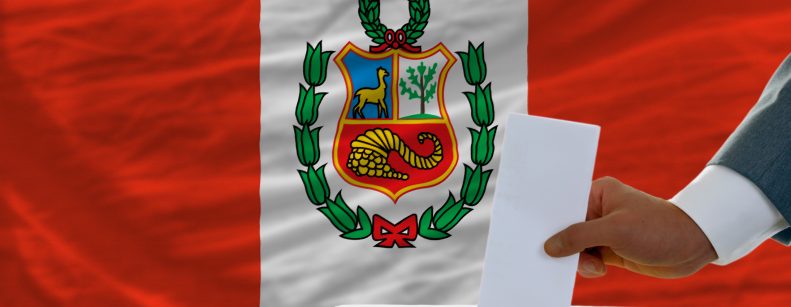
"Elections: hell or purgatory for Peru (2021-2026)?". That is the title given by political scientist and sociologist Patricio Navia to the webinar organized by FYNSA to analyze the controversial Peruvian elections on June 6, which are being held against the backdrop of a severe economic and health crisis.
Peru was until recently the region's rising star, with solid growth and reduced inequality. But the country has not been as successful in reducing poverty, with high levels of labor informality and a very vulnerable middle class that has been hard hit by the pandemic. Its recent history of stability and growth is a relevant factor to consider at the polls, as these facts are taken for granted. The times of crisis of two decades ago are not in the memory of a population that is rather young.
Since the return to democracy in 2001, Peru has lived through a permanent political crisis, with a democratic system without parties and numerous corruption scandals. Although until recently democracy was seen as the way to achieve welfare, under the new scenario the country's vision of democracy has changed.
On April 11, the first round of elections was held between 19 candidates, in which 2 out of 3 Peruvians voted for alternatives other than Castillo and Fujimori. This second round is for many an election for "the lesser evil".
Castillo is a rural teacher and union leader who has not presented a clear government program but represents both the old revolutionary left and the current anger, discontent and disaffection of the population. He does not lead a movement and his government team has little preparation.
Fujimori, with a long political trajectory, has an almost extreme pro-market and pro-business stance. She has been prepared to govern, knows Peru well and has a country project, in addition to having the skills to manage the situation and build technical teams to put together the government, but she represents risks of corruption and authoritarianism. In fact, she was in preventive prison linked to corruption cases.
Fujimori generates a lot of rejection, but Castillo is little known and the more he is known the more rejection he generates. If Castillo wins and fulfills his promises, the country could move very far to the left or he could also run on the left but govern on the right, in which case he could generate social unrest, but in any case his government could be very transforming. If Fujimori wins, although expectations are bad, he would have a better margin for maneuver.
For Navia, Castillo could be hell, bringing more crisis and polarization. Fujimori could be purgatory, with many risks but with more upside. For the country, in the short term, the purgatory option seems better, but it is not the solution in the long term. The polls give the advantage to Castillo, although the difference has been closing. Navia believes that Fujimori could surprise this weekend by winning, with a higher participation of older Peruvians who did not vote in the first round and thanks to the vote abroad (1 million eligible voters). The results, in any case, will depend on voter turnout and the rural vote, underestimated in the polls.